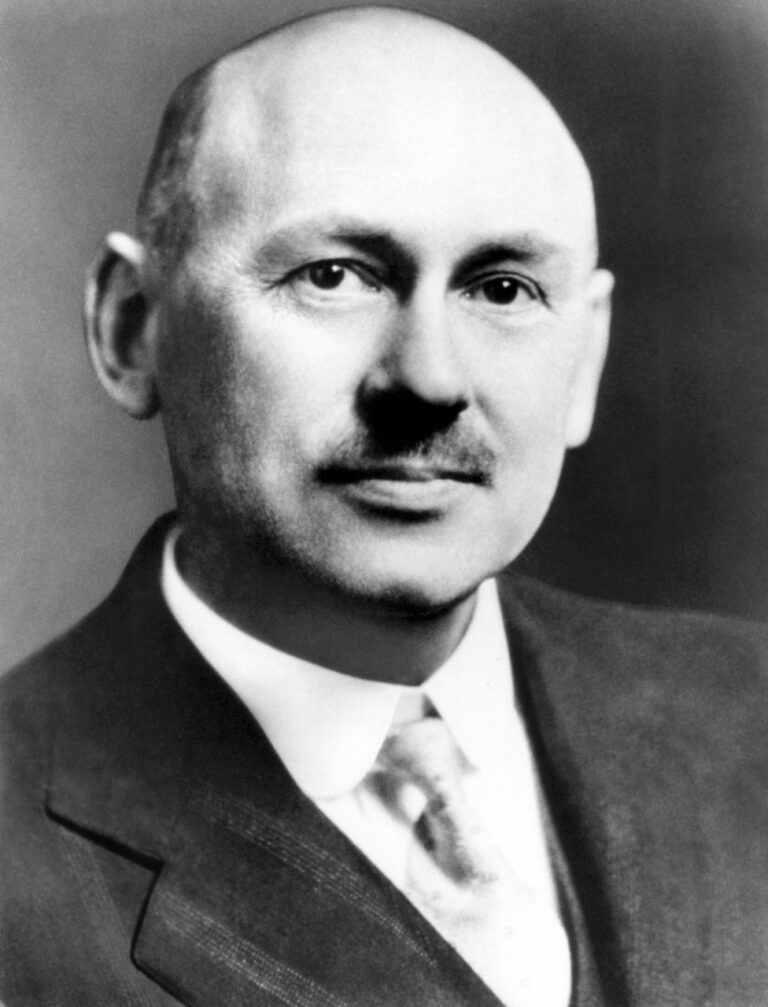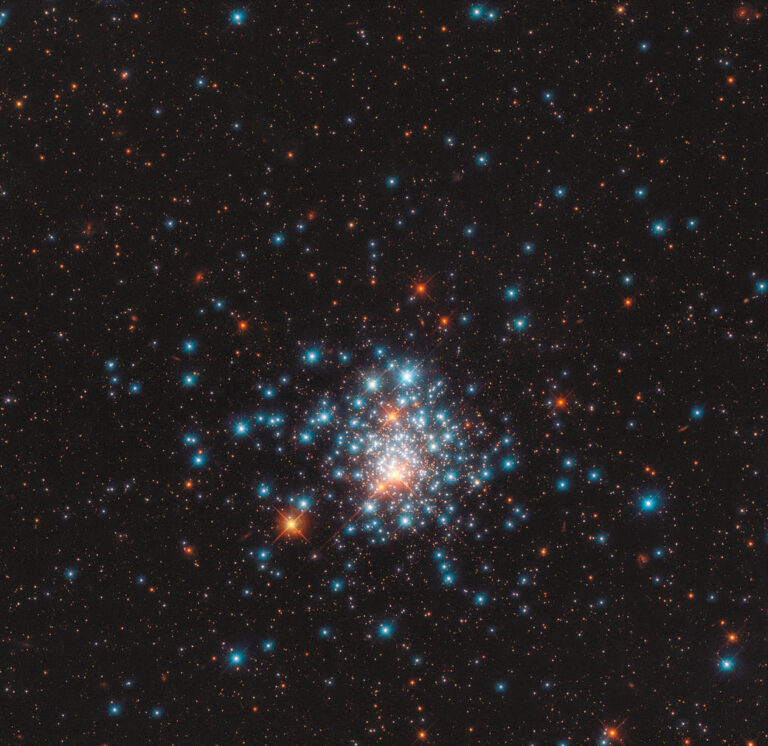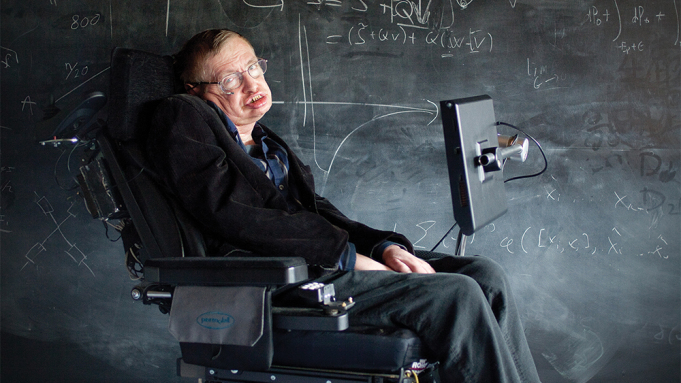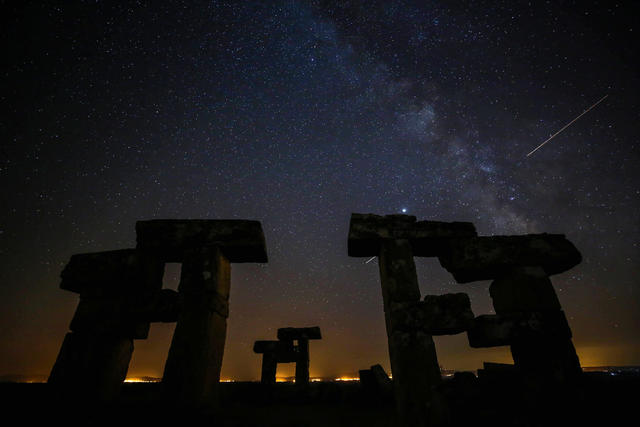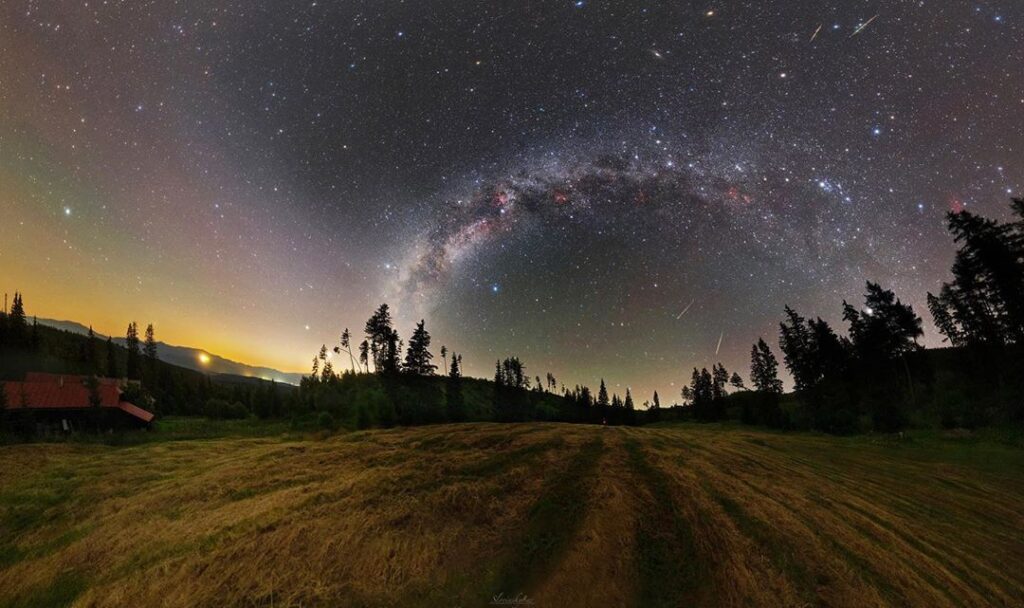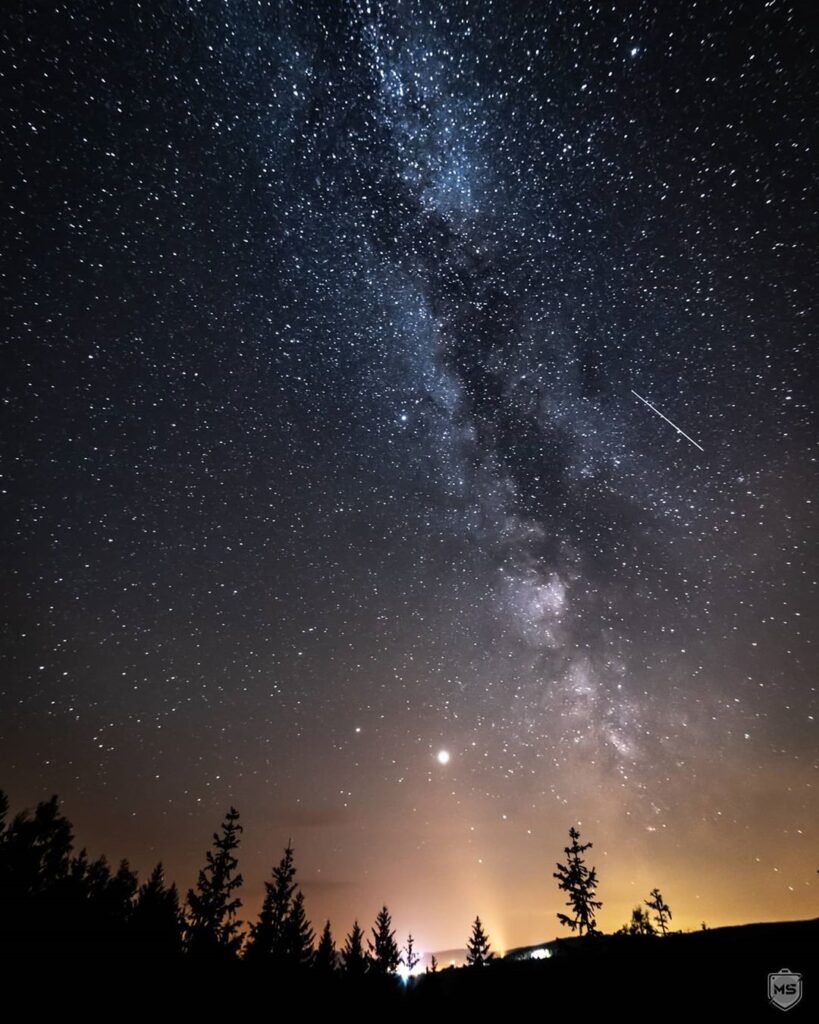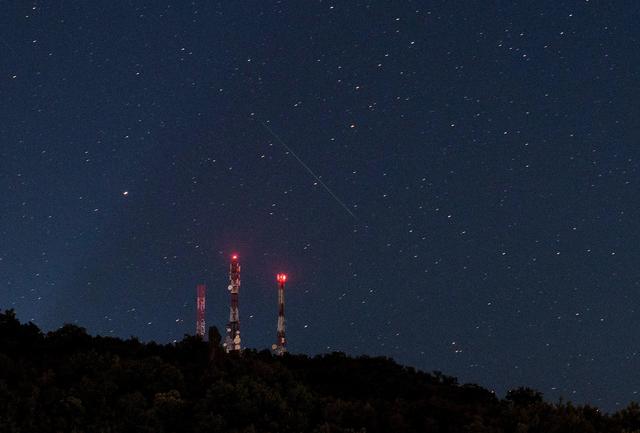Dr. Sultana Nurun Nahar is a Bangladeshi-American physicist and a research scientist at the Department of Astronomy at Ohio State University. Her research is on atomic processes of photoionization, electron-ion recombination, photoexcitation, and collision. Khwarizmi Science Society (KSS) brings an inspiration-filled webinar series “Muslim Women in Science and Technology” that celebrates the brilliance of Muslim women scientists from around the world. In its second episode, Nimra Khurram, a Science Communicator, had a conversation with Astrophysicist Dr. Sultana N Nahar. Our Team Member Aniqa Mazhar compiled this interview for astronomy lovers. Here are some excerpts from this conversation.

Nimra: What kind of work does an atomic astrophysicist like yourself undertake?
Dr. Nahar: Astronomy is the study of celestial objects. There are three kinds of people who study Space outside the Earth. This is not a proper definition or characterization, but these people include:
- Observers are the scientists who work through telescopes, which can be space-based or ground-based. They see celestial objects, take the image, picture, or spectrum of the object, leave it, and identify whatever they can.
- Then come to the modelers, who take that observation and try to find out more lines like the objects’ physical and chemical conditions and composition. They put a lot of atomic modulators into it and modulate.
- The third group is actually the astrophysicists; they provide atomic or molecular data. They go to modelers or also to the observers. They also study physics and the underlying science of these observations.
I am an atomic astrophysicist and I study the dominant atomic processes in the astrophysical plasmas. All the stars are made up of plasma. In fact, the entire Universe, the whole matter, 99 percent of the matter is plasma. When I say plasma, it means the atoms are not entirely neutral. Some of their electrons have been stripped off, so they are charged and they may be in a gaseous state.
Nimra: How many atomic processes have you studied so far?
Dr. Nahar: There are four atomic processes that I study right now. The atoms are excited by photons, which is the unit of light. So, from a star, light is coming and it hits an atom in the plasma. The atom gets excited, which means it absorbs the photon. When it comes back down, it gives out a photon. These excitations are brought about by electrons, which can heat up an atom and excite it. But no atom can stay excited for a long time. It has to come down, and when it does, it gives out the photon, which we catch through telescopes and study. The other processes include ionization by photon, which means that the atom which has electrons around it, one of the electrons will free the atom, so the atom will be charged. It will have a more positive charge than the atom, which is actually neutral. So we call it ionization, or photon ionization.
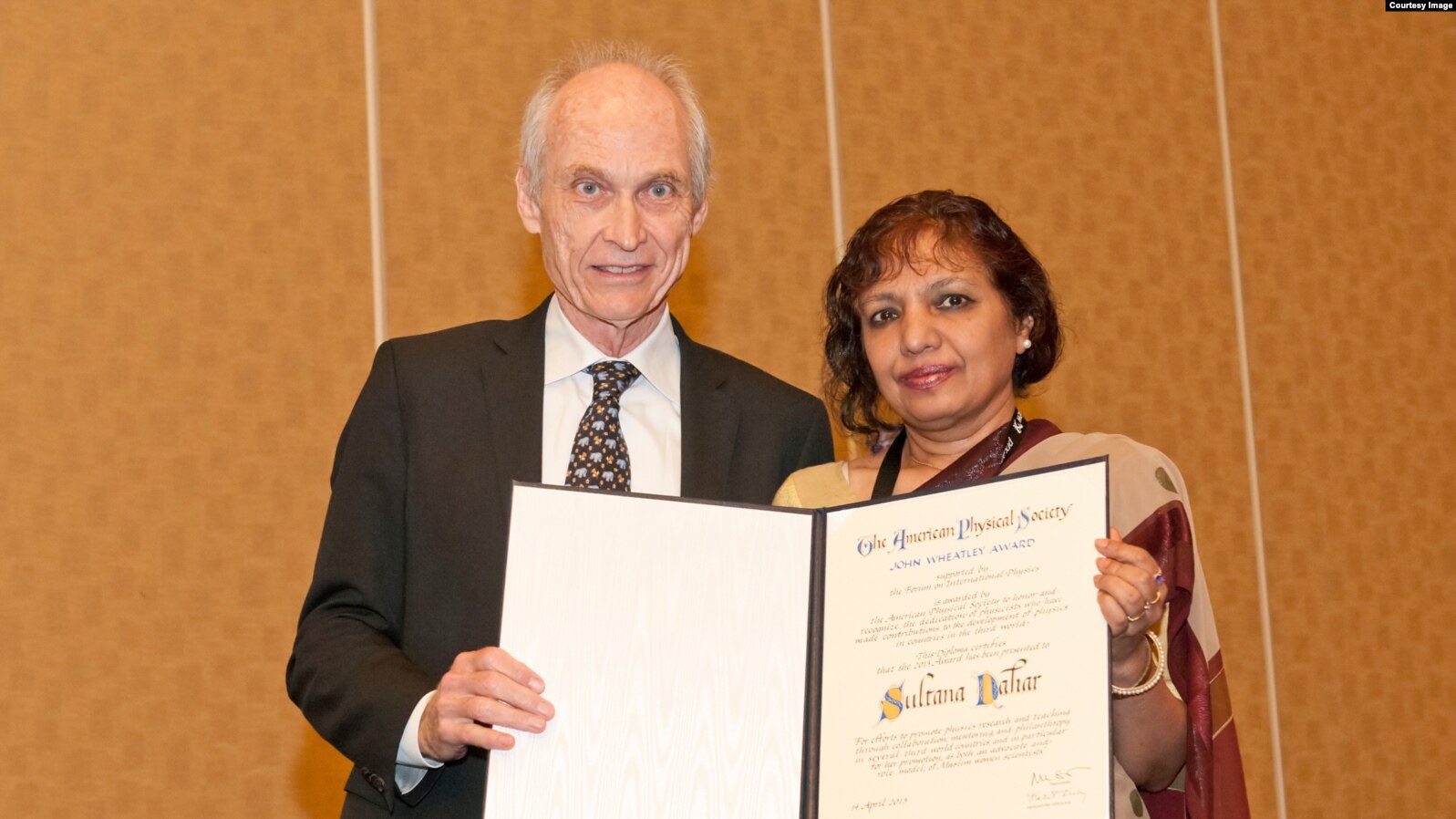
Another process is electrons recombining to an atom by giving out a photon. When an electron is attached to an atom, it has negative energy and when it is free we say it has positive energy. Where there is a vacancy, it has to give out energy in terms of photons to combine with that atom. So all these processes, either absorbed photons or give-out photons, are the processes I study.
Nimra: Why does a layman need to be excited about this field?
Dr Nahar: You have asked why this subject is exciting to study. Okay, so here is a picture of our Milky Way galaxy at night. It is so beautiful, so fast and so big. It has 200 to 400 billion stars and it is vital to study the Space because it is fascinating with all its beauty and its bounty.
For example, the reason we should study Space or Astronomy is demonstrated by this simple story. 65 million years ago, dinosaurs ruled the Earth. They were happy doing so when an asteroid came and hit the Earth. It was a huge one, reduced to a lot of dust, and the air circulated the dust around the Earth and blocked the sunlight coming down to the surface. So the surface became cold, the Earth became cold.
Everything alive froze to death, including the dinosaurs. Asteroids have since then kept hitting the surface of the Earth and external meteorites at various places. The last big one was in December 2018 and it fell in Siberia on a river, so there were no human casualties. A lake in Tajikistan, up in the mountains, was created by a hit by an asteroid.
The water is very salty now. We can see that we are not very much protected. Even though we are studying, we still don’t know how to protect ourselves from these kinds of disasters.
Nimra: How can we detect asteroids?
Dr. Nahar: We do have many ideas, though. There is a laser tractor beam that we use to deflect the asteroid. Asteroids have very less gravity acting on them so this is possible. Right now, we are doing fine, but what will happen in the future?
Nimrah: Why is the search for life beyond Earth or our solar system so important?
Dr. Nahar: Five to seven million years from now, the sun will expand and become a Giant Red Star. All the hydrogen in it will become helium, which means its fuel is gone, things will collapse and then it will expand. Our Earth will be engulfed by this formation and we all will die.
We have been looking for planets, and we are finding lots of them outside our Solar system. We call such planets exoplanets. We had a feeling that exoplanets existed, but we did not actually physically see them until 2004. We have found 4000 exoplanets but our objective is to find
habitable exoplanets where we can go. The surface has to be solid so we can walk, it has to have oxygen to breathe and water. And we cannot be too close to the star because the radiation will cause cancer in humans.
Nimra: Would you like to share an interesting experience of yours?
Dr. Nahar: One of my exciting projects was (titled “Phosphorus Puzzle, we are made biosignatures of stardust.”) This clearly extrapolates that we are made from stardust. Whenever we are interested in exoplanets and we search for extraterrestrial life, we search for biosignatures e.g., we have water in our body so we look for water molecules on that exoplanet. Does it have oxygen; does it have methane and such things? We have been looking for these in several places.

Strangely we couldn’t find Phosphorus. We found very little of that but in contrast to that our solar system is abundant in Phosphorus. Phosphorus is also present in our DNA and is important in signal passing and information passing. So the question is why we can’t see Phosphorus in other places in Space. Does it mean we do not have any form of life out there? I have this project with some students and a postdoc and we created a spectrum. We matched the energies of photons and tallied them with that of Phosphorus. The purpose of this work was to predict what to look for to identify Phosphorus.
Nimra: Would you please brief us about multidisciplinary aspects of astronomy like how black holes could be helpful for cancer treatment?
Dr. Nahar: What is common between black holes and cancer treatment is that Black holes have x-rays and cancer patients are treated by x-rays. We have high energy x-rays in black holes. When atoms move towards the black hole, the electrons and the nucleus don’t have the same speed because the pool is so strong that by the time the atom gets there, it may be stripped of most of its electrons. It may have only two left. Those are very tightly bound electrons. The super-hot ions start to give out very high energy x-rays.
Black holes absorb light, and we can detect one by looking at the surrounding spectrum. We are now studying gold (Au) nanoparticles for cancer treatment in the lab. We are working with a purely physical technique called RNPT (Resonant Nano-Plasma Theranostics) to kill cancer cells.
Nimra: How does astronomy contribute to making our life better?
Dr. Nahar: In the article in an Astronomy Magazine in May 2012, titled ‘What has Astronomy done for you lately?’ The first of the four things discussed is the Global Positioning System (GPS) used for navigation in everyday routine, with the second being wireless internet, which NASA discovered while trying to find connections in Space. The third is RNPT for cancer treatment, and the fourth is the JWS telescope used in hospitals for laser eye surgery. All these technologies came from Astronomy.
Interviewer: Nimra Khurram (KSS)
Transcribe By: Aniqa Mazhar (Scientia Pakistan)
Also Read: A conversation with Dr. Nidhal Guessoum on underlying problems in Universities of the Muslim World

